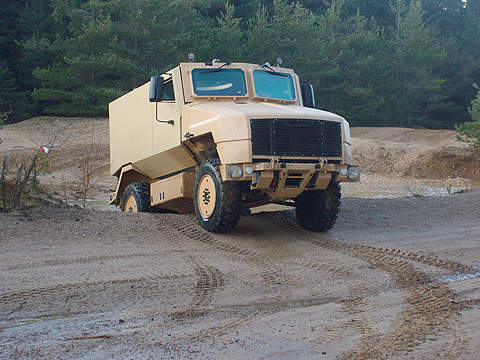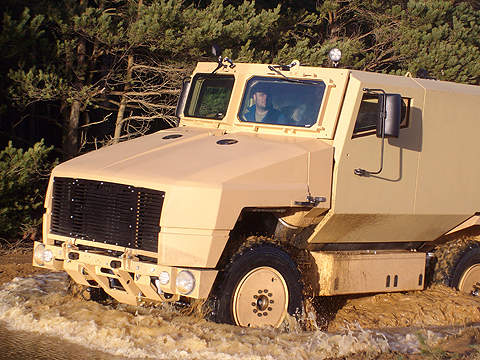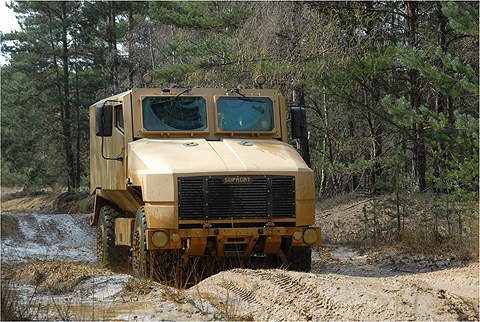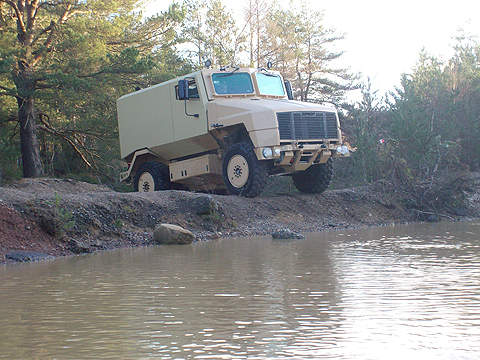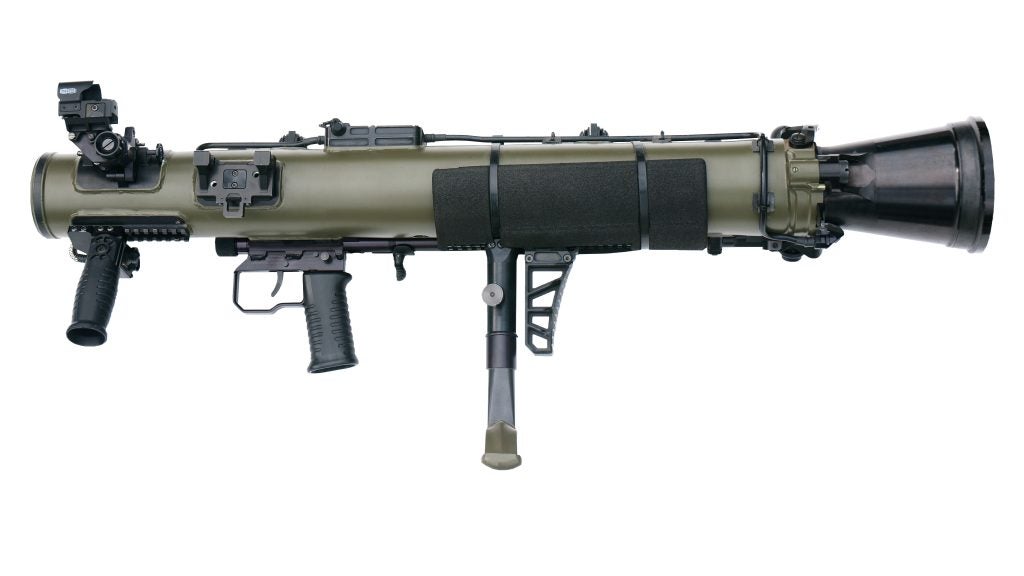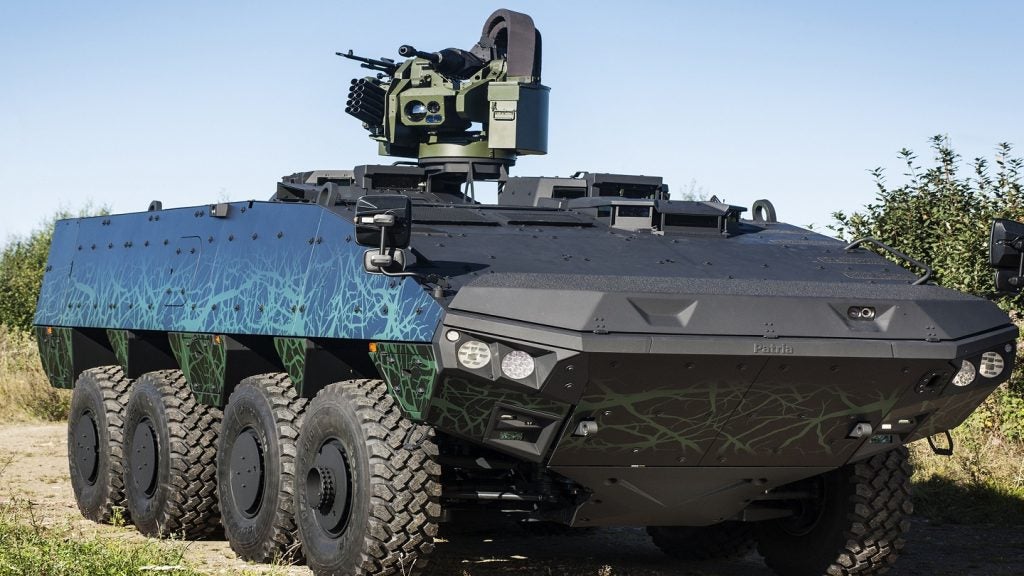The Supacat Protected Vehicle 400 Series (SPV400) is a lightweight high-mobility vehicle developed by UK-based Supacat Limited. The SPV400 has a gross vehicle weight of 7,500kg and it can carry a payload of 1,500kg and a crew of six.
The SPV400 was a contender for the UK Ministry of Defence’s (MoD) £200m Light Protected Patrol Vehicle (LPPV) Programme. The UK MoD began the invitation to tender in May 2010. Supacat submitted a bid for the LPPV programme in June 2010, competing against the Ocelot LPPV developed by Team Ocelot, a Force Protection Europe and Ricardo consortium.
The UK MoD selected the Ocelot LPPV for the programme in September 2010. The MoD, under an Urgent Operational Requirement, will replace the Land Rover Snatch platform with an initial order of 200 vehicles. The LPPVs entered into service in early 2011 and were deployed in Afghanistan.
Because the vehicle was designed and developed in the UK, SPV400 is free from US International Traffic in Arms Regulations restrictions for future design upgrades.
Supacat protected vehicle development
The Supacat Protected Vehicle Series was unveiled at DSEi in September 2009. Supacat partnered with Coventry-based NP Aerospace to design the vehicle’s armour protection system and composite crew pod.
About 30 supply chain companies are involved in the development of SPV400 LPPV. They include AFS, Cummins UK, Christy Hydraulics, CSES Engineering, Dana UK Axles, Garforth & Goodman, GKN Driveline, GKN Aerospace, Lighting Aerospace, Park Sheetmetal and Pailton Engineering.
The first round of blast testing was conducted in December 2009. The two-day test included under-vehicle mine blast simulations and vehicle-borne improvised explosive device simulations. The first running prototype of the SPV400 was officially revealed in January 2010.
On 17 May 2010, the SPV400 underwent a second round of blast testing to meet the MoD’s LPPV programme standards. By July 2010, the vehicle had undergone four rounds of blast testing.
The first two SPV400s were delivered to Millbrook Proving Ground, Bedfordshire, for trials by the MoD. Volumetric production of the SPV400, however, will be made at the Coventry facility of NP Aerospace under a formalised alliance agreement.
Supacat’s range of high-mobility vehicles includes the Coyote, Jackal and the High-Mobility Transport. The vehicles are in service with the UK Armed Forces in Afghanistan. The company is also planning to launch a 6×6 SPV600 Series, a variant platform of the SPV400, which will have increased volume and payload.
SPV400 patrol vehicle design
The SPV400’s armoured steel chassis hull is a single structure. A composite crew pod is mounted over the hull while the vehicle’s armour protection system reduces its overall weight.
The vehicle’s modular and sacrificial structures reduce the overall damage caused by blasts. The design also enables the quick repair and replacement of damaged modules. A hatch cover is available to mount the weapons. The clean-sheet design of the LPPV allows it to be upgraded to enhance mobility and protection.
The SPV400 has optional enhancements such as a roof-mounted remote controlled weapon station, grenade launchers, night driving equipment, situational awareness systems, front mounted winch, and a central tyre inflation system.
Protection
The SPV400 has a fully integrated blast and ballistic protection system. The crew pod has mine blast seats and configurable ballistic armour that reduces the impact of mine and improvised explosive device blasts. The high ground standoff of the hull protects the crew from under-belly mine threats by deflecting blasts away from the crew pod.
Mobility
The SPV400’s high articulation, double wishbone front and rear suspension with air-sprung units enables all terrain mobility. The vehicle has a kerb-to-kerb turning circle of 11.8m and wall-to-wall of 12.5m. The steering is hydraulically assisted with rack and pinion and has outboard disc, opposed piston callipers and anti-lock braking system. With permanent all-wheel drive, the SPV400 is capable of travelling at a top speed of 120km/h.

